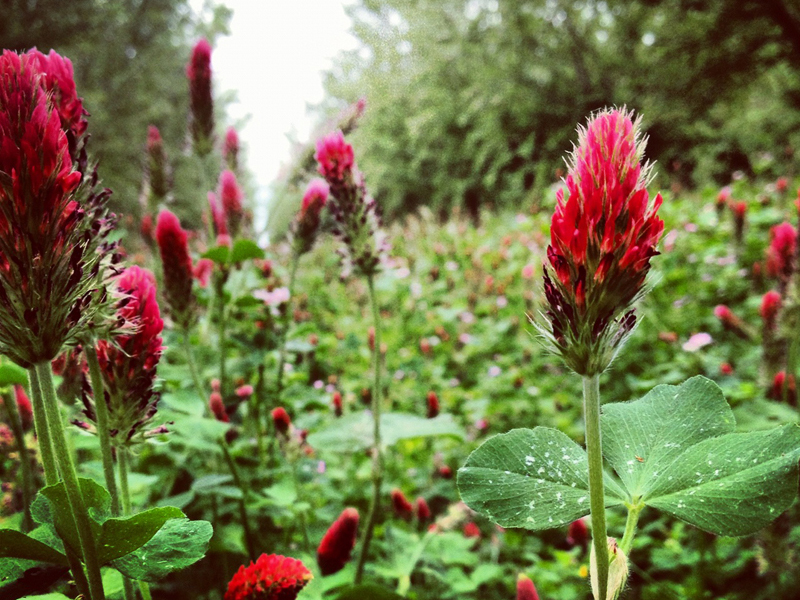
Sustainability
What is sustainable agronomy?
Agronomists define secure and sustainable food production as growing adequate nutritious and affordable food for the world’s growing population while protecting the environment.
There are 7.5 billion people on our planet (2017). We need food production that also ensures the safety of natural resources. These resources may be air, water, soil, and more. The population is expected to be close to 10 billion by 2050. We need to find the practices and solutions that preserve resources and feed future generations.
One approach to sustainable agriculture is the practice of precision agriculture: an information technology-based management system that uses data obtained from global positioning systems (GPS), and integrates the data into global information systems (GIS). Read more about precision agriculture in this Soils Matter blog and in this Sustainable, Secure Food blog.
These new spatial, or geographic, tools are used with yield, rate, and other information to better manage the timing and application of fertilizers, thereby reducing the impact on the environment and saving money for farmers.
Farmers who practice sustainable agriculture also use biological processes to improve nitrogen cycling, soil carbon storage, soil health, and pest and weed management. Proper management of all of these factors produces optimal yields with minimal economic cost and environmental impact. For information about agriculture and greenhouse gases, read this blog.

